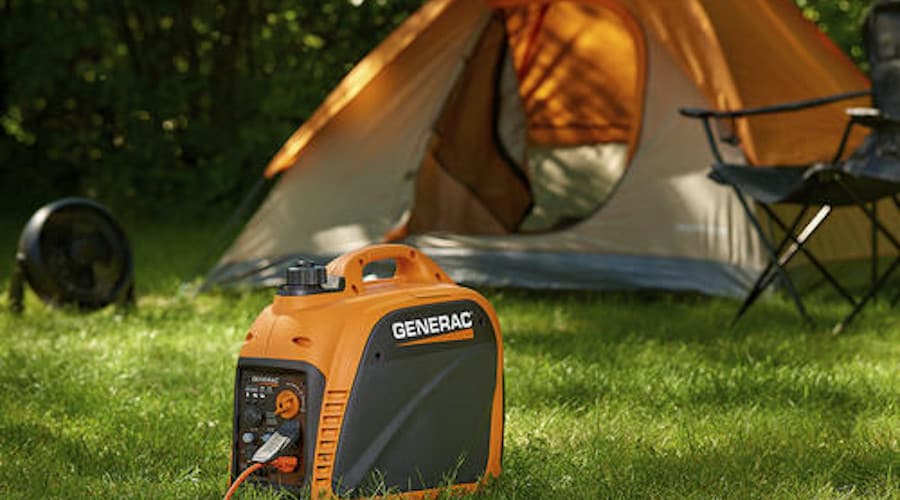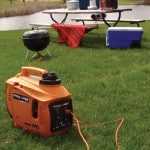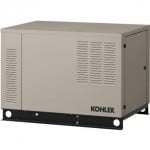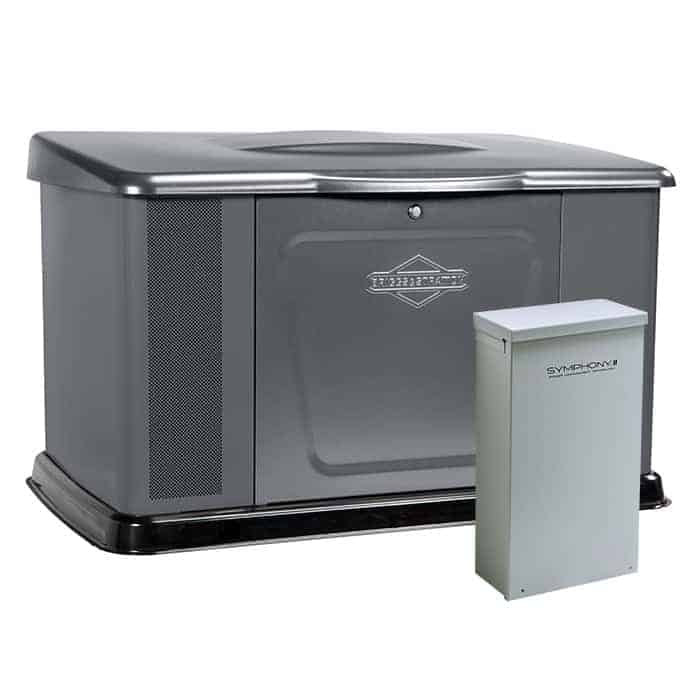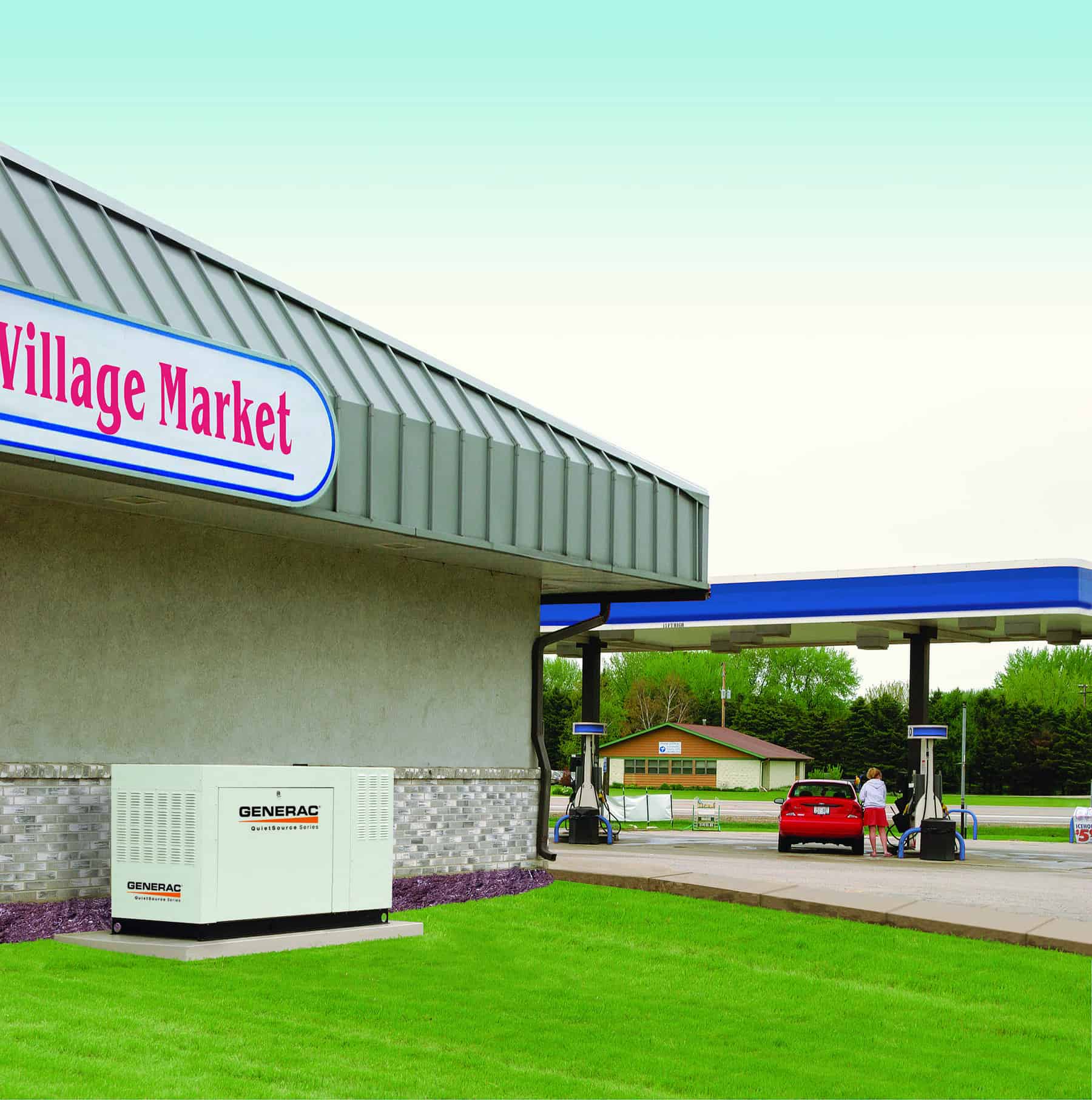The inverter generator combines the efficiency of DC power generation with a controlled DC to AC inverter to provide clean electrical power similar to the power produced by electric utilities or larger standby home generators. Its efficiency saves fuel, lowers emissions, and reduces noise levels, all of which make it suitable for use in places like campgrounds, neighborhoods, or to power sensitive electronic equipment.
Electrical Power
The electrical power we are all familiar with in our homes is alternating current, or AC, which means the current flow alternates direction rapidly. The standard in North America is sixty times per second, and fifty times per second on most other continents including Europe and Australia. As the current changes directions, the voltage rises and falls to provide an average voltage of 120 or 240 volts.
The power the electric utility companies supply to homes and businesses is usually very clean and if viewed on an oscilloscope―a device for viewing electrical signals―it appears as a very smooth and consistent sine wave.
Power Quality
The electric utility power is quite smooth and doesn’t vary much because the supply is large enough that the continuously changing load does not substantially affect the voltage except during times of extreme demand. The utility’s power also passes through a number of transformers on the way to businesses and residences which helps to smooth the final product.
Small generators don’t have the luxury of a seemingly infinite supply of power. The amount of current drawn places a load on the engine driving the generator and causes it to vary speed, which changes the average voltage and the frequency of the current. As the total power consumed nears the generator’s capacity, the voltage will also drop. These small variances won’t harm most appliances or lighting, but can cause problems with sensitive electronic equipment.
Inverters
Direct current, or DC, is the type of current supplied by a battery or by a DC generator.
It is very steady, doesn’t fluctuate much under a constant load, and is quite efficient. It does not change direction and there is no rising or falling of the voltage level. Viewed on an oscilloscope, it appears as a straight line.
DC current cannot be used on appliances or motors that require AC current, but a device called an inverter changes DC current into AC current. A very simple electronic inverter can approximate an AC signal, but doesn’t do it very well and even the power supplied by a small generator is cleaner. If the inverter is controlled by a microprocessor, it does a much better job and the converted signal appears as a near-perfect sine wave.
Inverter Generators
An inverter generator creates AC power through a two-step process. In the first step it generates DC power and then converts it to AC using a microprocessor controlled inverter in the second step.
This method of power production has several advantages.
The generation of DC begins almost as soon as the engine begins turning the generator. As the engine increases in speed, the DC voltage rises. As the load increases, the voltage will fall. The microprocessor controlling the inverter compensates by sensing the AC output voltage of the generator and adjusts the speed of the engine to keep the voltage at a consistent level. This saves fuel since the engine only turns as fast as necessary instead of at a constant high speed.
As demand increases, the microprocessor speeds up the engine and power production increases, but the signal does not change. The result is a very clean and consistent AC signal no matter how much power is drawn, up to the generators capacity.
Since the engine runs at the lowest possible speed necessary to meet the power demand, it is quieter during periods of low demand than a conventional generator and uses less fuel to produce clean power.

